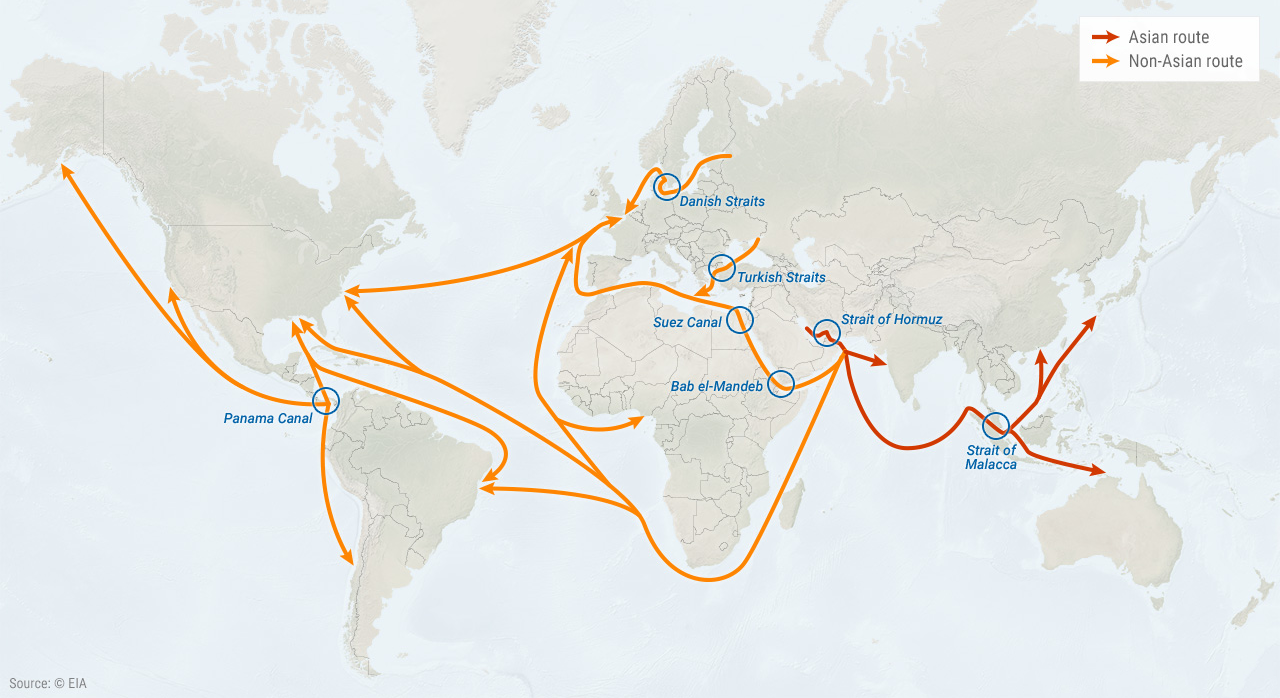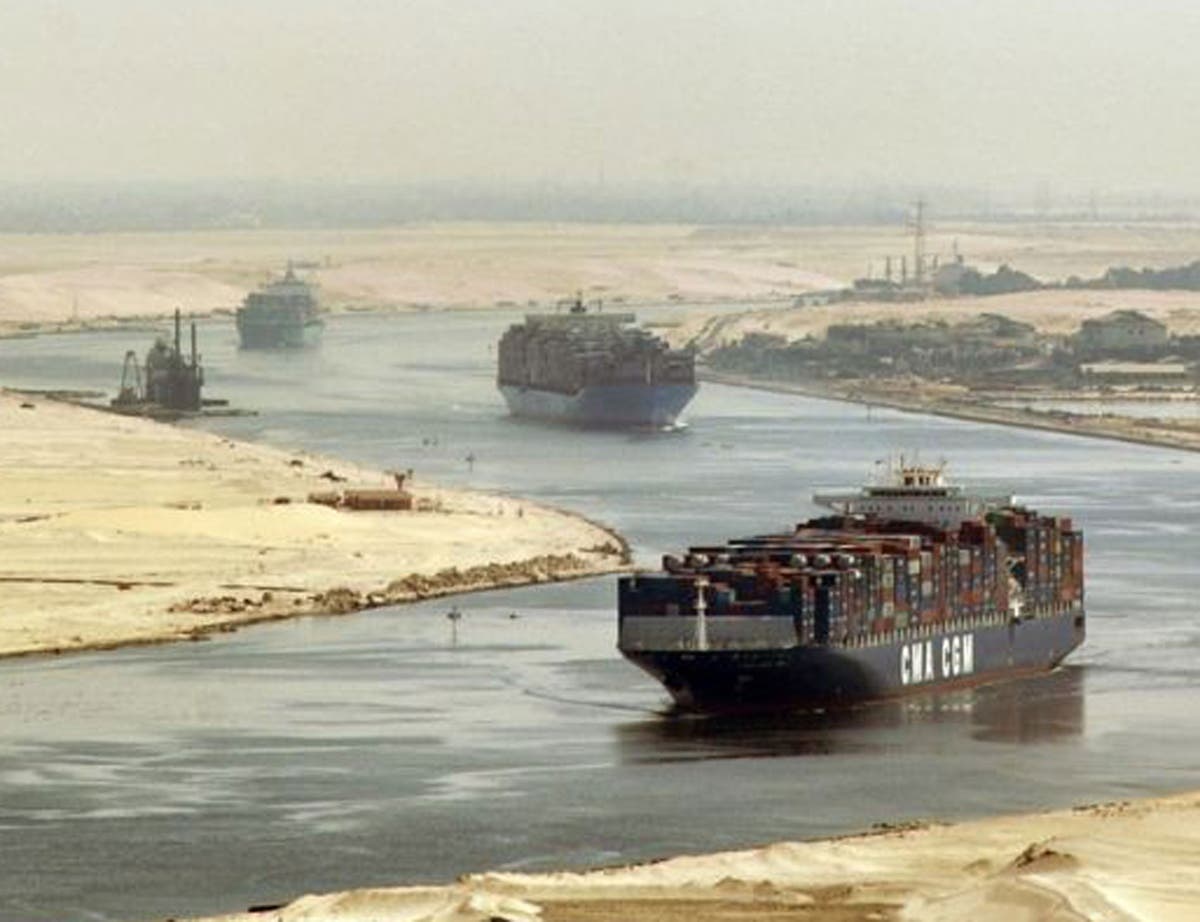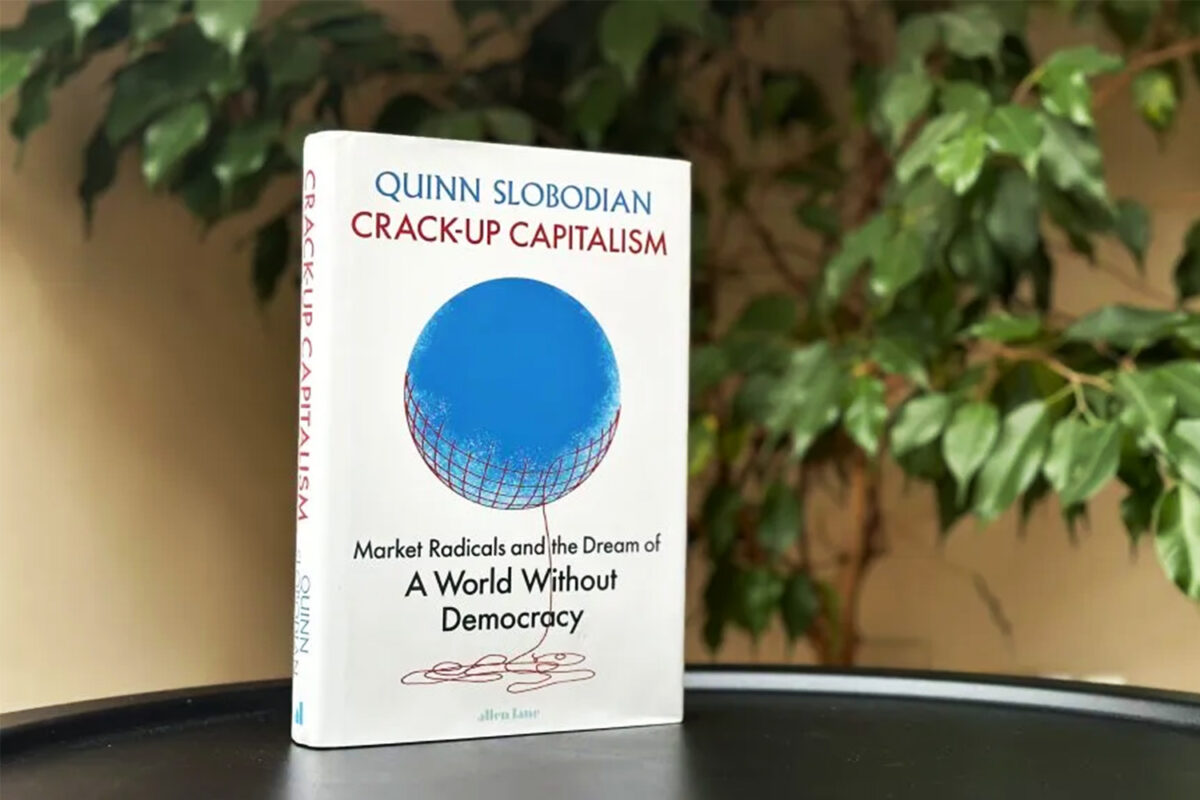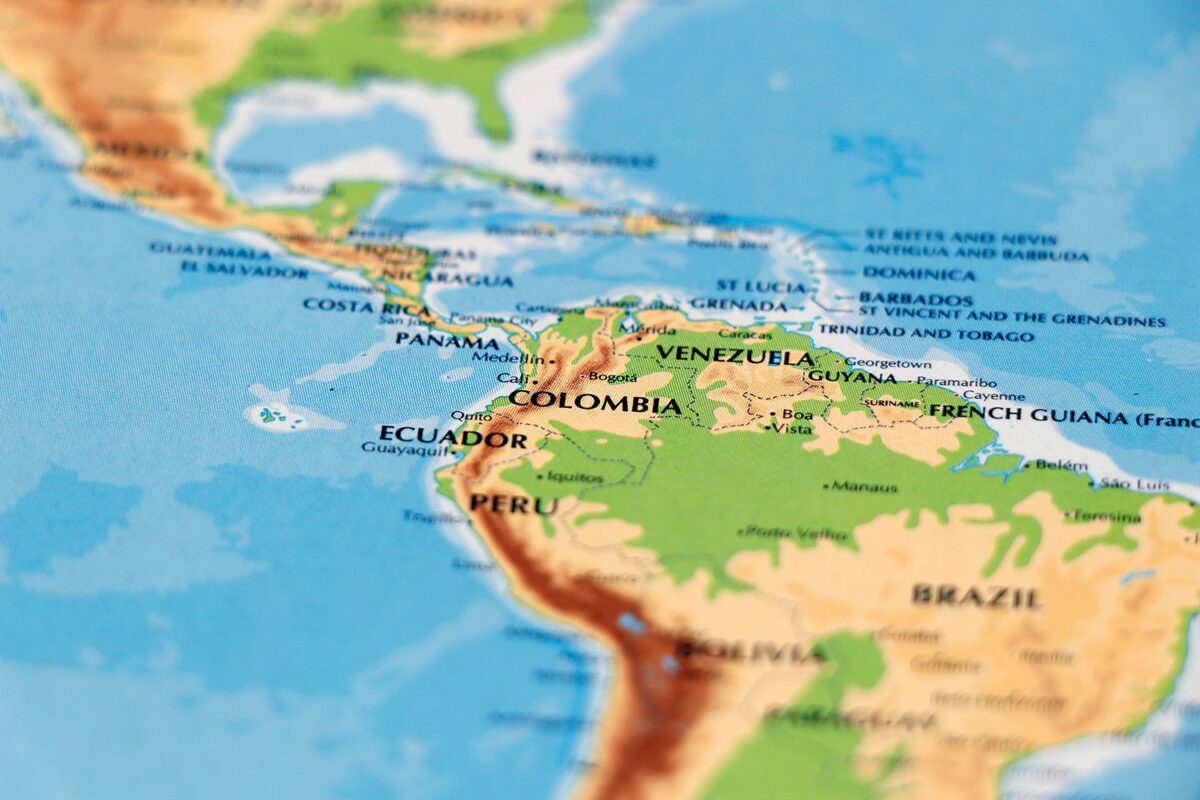The blockage of the Suez Canal by a container ship on Tuesday 23rd March has led to a maritime traffic jam of over 200 container ships. The Evergreen mega container ship became wedged as it travelled through the narrow canal, forcing other ships to make the longer trip around Africa. Egyptian officials have said they hope to free the ship within days, but oil prices have now increased and Lloyd’s List estimates daily losses could exceed $9 billion from the delayed cargo. This 21st century Suez Canal crisis is a reminder of the vulnerability of global supply chains and the importance of maritime choke points.

The idea of finding a shorter route from the east to the west via the Red Sea is something that has been around since ancient history, but the technology and resources required were always a major challenge that could not be overcome. With the rise of the West and their maritime colonial journeys around the world the challenge took on importance as their ships were forced to take the long journey around Africa to travel from the Far East and India to the Mediterranean. By the 19th century Britain dominated the sea routes of most of the world and especially the route that connected the British Isles with India, via the Horn of Africa.
In 1854 the French consul to Cairo, Ferdinand de Lesseps, obtained a concession from the Khedive of Egypt and Sudan, to create a company to construct a 100-mile long canal across the Isthmus of Suez for ships. The concession included the Suez Canal Company operating the canal for 99 years after completion of the work. Construction of the canal began in 1859 and it was expected to take six years. It took ten years in the end. The excavation began with digging done by hand with picks and shovels and with forced labour. Over 30,000 people worked on the canal at any given period, and it is believed around 120,000 people died building the canal and the cholera epidemic. When the canal eventually opened in 1869 it had a big impact on global trade as it allowed ships to travel much quicker from the Indian Ocean to the Mediterranean, not having to go around Africa. Further improvements were made especially on the parts where the depth was not very deep.
Britain took over Egypt in 1888 after she fell into debt, the French and British shareholders who owned the concessionary company continued to operate the canal. This was until Gamal Abdul Nasser nationalised it in 1956. Britain and France along with Israel invaded Egypt in the Suez War of 1956, the intervention of the Soviet Union and USA forced these countries to withdraw and ever since the canal has been operated by the Suez Canal Authority (SCA) of Egypt.
After several enlargements, the canal is today 120 miles long and 24 metres deep. It is however a very narrow canal and on many places on its route it is only 300 metres wide. This narrowness results in many ships being only around 150 meters of either bank. Due to this, the traffic on the canal can only travel in one direction on large stretches of the canal. Ships are sent through in three regularly scheduled convoys daily (two southbound and one northbound) at set times. Typically, it takes a ship 12 to 16 hours to transit the canal. But this narrowness of the canal has created a security situation with a number of ships coming under attack. Egypt has been facing an insurgency in the Sinai for over a decade and the small width at many places makes it an easy target.

The SCA reported that 19,000 vessels—averaging to 52 a day—had sailed through its waters in 2020. Over a 900 million tonnes of cargo travel through the canal today, which is double from just a decade ago. This includes consumer goods, dry-bulk cargo such as grain and minerals, and oil products.
What makes the Suez Canal an important choke point is the purpose for which it was created and that was to make the journey shorter and quicker from the east to west and not having to go around Africa. This is what makes it a key maritime choke point well over a century from when it was constructed. The Suez Canal is also the second-most important seaborne energy choke point for oil and liquefied natural gas headed to Europe and North America after the Strait of Hormuz. This heavy flow of cargo means even a temporary blockage of the canal could significantly impact global trade. The Suez Canal handles 10% of global trade, but 30% of the daily global container traffic. Prof Rocky Weitz, director of the Fletcher Maritime Studies Program at The Fletcher School at Tufts University explained: “the Cape of Good Hope route adds approximately 3,000 nautical miles to the Suez Canal route from the Indian Ocean to the North Atlantic, depending on the specific route taken by a commercial vessel.” This reduces the journey by nearly 8-10 days. The cost implications can also be huge. An oil tanker could add up to 300 hours to the journey, while a comparatively fast container ship could add up to 150 hours. The extra costs of sailing via the Cape of Good Hope are also large. Anoop Singh, of the Singapore-based head of tanker analysis at Braemar ACM, highlighted the detour can add $450,000 in costs to a typical journey.
Until new forms of transport for global trade are invented, global trade will rely on shipping, and ships rely upon the maritime routes to make the journey from one side of the world to the other. This geography will continue to keep the Suez Canal an important global maritime choke point.





2 comments
Abu Pikachu
28th March 2021 at 6:02 pm
Where do you read that the losses could exceed $9bn?
Adnan Khan
31st March 2021 at 10:54 am
Hi, the losses are what has been declared by Lloyds the insurers, that sentence is hyperlinked, but you can find many links over the internet on the losses.